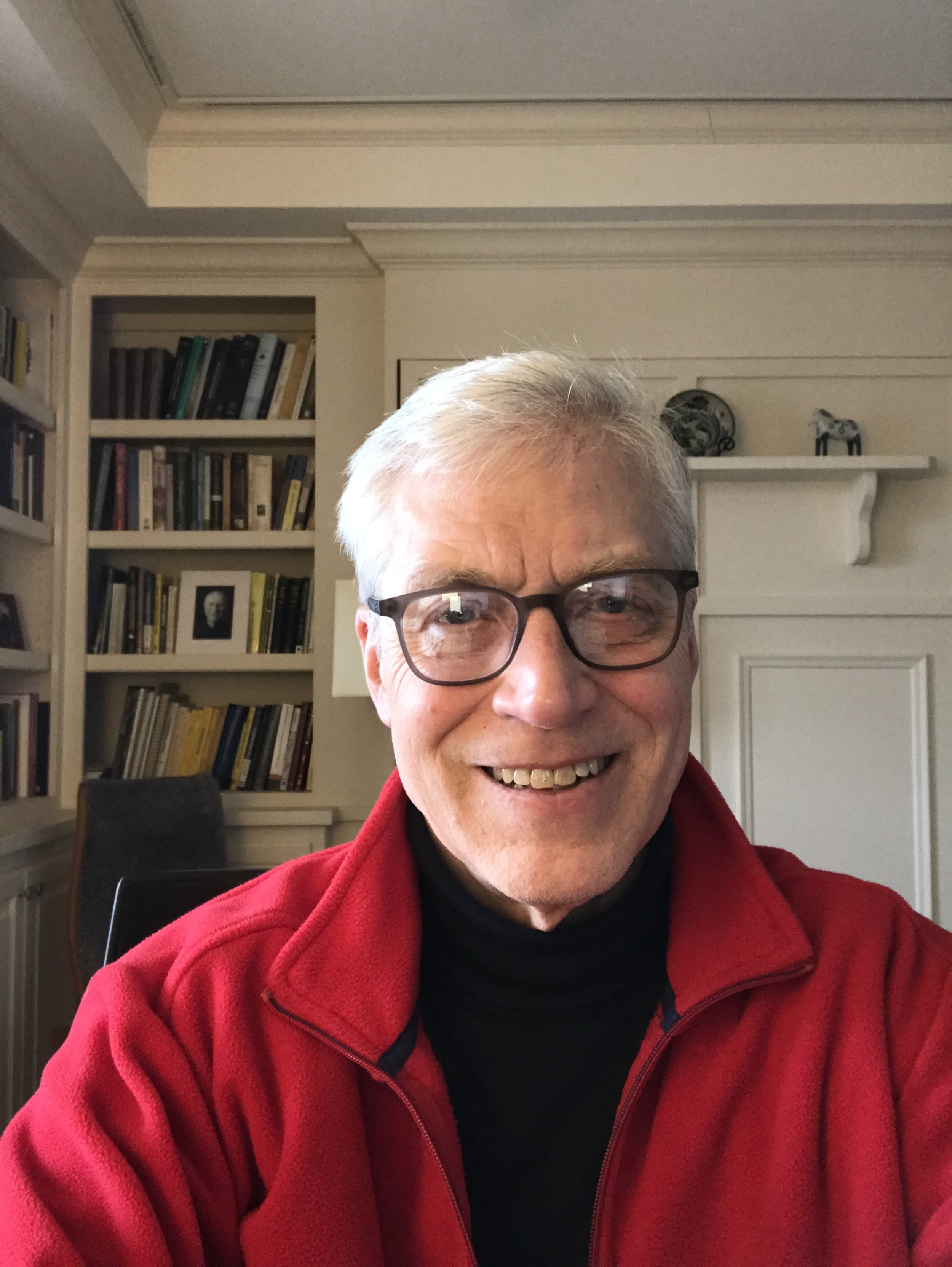How to Learn Mathematics
By David Bressoud @dbressoud
As of 2024, new Launchings columns appear on the third Tuesday of the month.
This is a review of David Bessis’s Mathematica: A secret world of intuition and curiosity, translated from the French by Kevin Frey and published this year by Yale University Press. It was originally written for MAA Reviews, but as they are currently not accepting new reviews, I have chosen to place it here.
Bessis is a French group theorist who uses this book to explain his understanding of the nature of mathematics and what it means to learn mathematics. While he sometimes gets long-winded and repetitive, there is a lot in this book to inspire reflection by any mathematician or anyone who has struggled with mathematics.
His begins by exposing how he struggled to learn mathematics until he realized that the key to learning and understanding mathematics is to work on one’s intuition. Furthermore, everyone begins with some mathematical intuition. Bessis illustrates this by asking the reader to imagine a perfect circle. Such an object does not exist in nature, yet we have no trouble imagining it. He then asks, can a straight line intersect the circle at three points? Most people should be able to play with the images in their imagination and come to the conclusion that it cannot. This is intuition. The challenge then becomes to turn intuition into proof. Only at this point do precise definitions and logical arguments play a role. But we always must begin with intuition.
Intuition can be wrong. This is where the attempt at proof can enlighten us. Just as Lakatos explained how counterexamples to “proven” theorems serve to advance our knowledge, discovering that one’s intuition has been wrong is an important stage in learning mathematics. If intuition were always correct, there would be nothing to learn. And this is where logic comes in. As the author states, “Logic doesn’t help you think. It helps you find out where you’re thinking wrong.”
Moreover, logic enters when one tests their intuition by turning it into a written exposition.
“As opposed to biologists, who write their articles only after having done their experiments, mathematicians write during their research work, because writing is itself part of the research. … Mathematical writing is the work of transcribing a living (but confused, unstable, nonverbal) intuition into a precise and stable (but as dead as a fossil) text.” (pp 75–76)
This leads to Bessis’ comments on reading mathematics. He argues that math books are essentially unreadable. The problem, of course, is that it is filled with words that have a very precise—but to the uninitiated unclear and unintuitive—meaning. One cannot read it at the pace of a normal book. Starting at page 1 and proceeding sequentially is possible, but incredibly difficult. His description of how he reads a math book is also my experience with most of my books; one dips into it to find a particular description or result of interest. We may need to back up, find relevant definitions, check how this relates to earlier results. What we seek is to build our own intuition.
This is the challenge of mathematics education. Everyone is born with the fundamentals of mathematical intuition, but it must be developed if one is to understand mathematics. As Bessis explains, this happens when we stop believing that mathematical intuition is simply a gift bestowed on some and begin to develop it by examining the meanings of the language we use and testing our insights.
He relates the development of mathematical intuition to Daniel Kahneman’s Thinking, Fast and Slow. Kahneman describes two approaches to problem solving that Bessis illustrates with the bat and ball problem: If a bat and a ball together cost $1.10 and the bat costs one dollar more than the ball, how much does each cost? The quick and intuitive answer, Kahneman’s System 1, is that the bat costs a dollar and the ball ten cents. A moment’s reflection reveals this cannot be correct. We have to do a bit of slow thinking, Kahneman’s System 2, to recognize that the ball must be five cents and the bat $1.05. Using intuition, but regularly checking it, is how we improve our intuition and build mathematical knowledge. As Bessis summarizes this, “System 1 is our intuitive capacity. … System 2 is our capacity for rigorous reasoning.”
Bessis also delves into the question of what math is good for.
“People who ask that question don’t do math. People who do math know quite well it’s good for something, if only to give them pleasure, that magical feeling of seeing the world become more and more illuminated the further they progress in math.” (p 272)
Finally, the book is replete with an incredible cast of characters. Grothendieck, Serre, and Thurston play major roles in this account, but Bessis also has a lot to say about Ted Kaczynnski (the unibomber), Grisha Perelman, Tom Hales (who proved the Kepler conjecture on sphere packing), Maryna Viazovska, John Dalton, Pierre Deligne, Ben Underwood, Srinivasa Ramanujan, Albert Einstein, and many others.
As I said at the beginning, Bessis has a tendency to ramble. Skimming through this book is entirely appropriate. But there is a lot here to get one thinking about one’s own views of mathematics.
References
Bessis, David. Mathematica: A Secret World of Intuition and Curiosity. Yale University Press, 2024. https://yalebooks.yale.edu/book/9780300270884/mathematica/
Kahneman, Danile. Thinking, fast and slow. Macmillan., 2017. https://us.macmillan.com/books/9780374533557/thinkingfastandslow
Lakatos, Imre. Proofs and refutations: The logic of mathematical discovery. Cambridge University Press, 1976.https://www.cambridge.org/core/books/proofs-and-refutations
David Bressoud is DeWitt Wallace Professor Emeritus at Macalester College and former Director of the Conference Board of the Mathematical Sciences. Information about him and his publications can be found at davidbressoud.org


